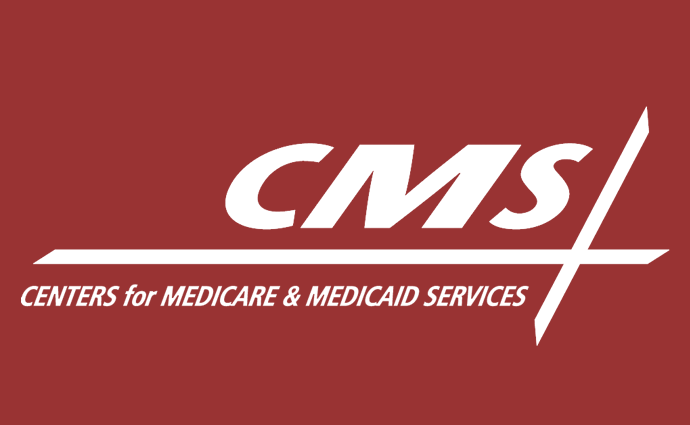Verma Supports Medicare Advantage, Decries Public Option
Verma pointed to CMS’s efforts to improve Medicare Advantage, increase HRAs, and improve price transparency and highlighted perceived downfalls of single-payer and public option.

Source: CMS
- CMS Administrator Seema Verma declared Medicare Advantage the most successful result of Medicare and criticized the program’s other functions.
Verma also offered harsh words about proposals for a public option, single-payer plan, and Medicare-for-All in a speech to the Better Medicare Alliance (BMA) 2019 Medicare Advantage Summit on July 22.
“As head of the nation’s largest insurer—Medicare, Medicaid, and the Obamacare exchanges—I see the day to day challenges of government-run programs, and am deeply concerned about the proposals we have seen to upend healthcare in America, particularly Medicare for All and the public option,” Verma said.
Healthcare spend is swelling, with one in five dollar slated to be spent on medical care by 2027 and the HI trust set to deplete by 2026, Verma noted, citing the Medicare Trustees 2019 report.
Administrator Verma pointed to the ACA’s failed nonprofit Co-Op initiative as an example of what government-funded healthcare achieves when it negatively affects competition.
READ MORE: Oscar Partners with Montefiore for Medicare Advantage Plan
She condemned Medicare of being outdated in its hospital-centric payment methodology and the delayed reaction to the growing complexities of primary care, a delay that is reflected in the program’s payment policies.
“What works in the Medicare program is Medicare Advantage – because plans are competing on the basis of cost and quality, driving towards value and increasing choices for beneficiaries,” Administrator Verma said, addressing the participants at the Medicare Advantage Summit. “Many of you are driving success in Medicare Advantage, and I thank all of you for the important work that you do.”
Medicare Advantage has added 600 new plans in recent years, which Administrator Verma attributed to the reduced regulations. Patients enrolling in Medicare Advantage also benefit from premiums that have decreased 6 percent since least year. Medicare Advantage enrollment has increased 10 percent since last year.
She announced that the agency will produce a redesigned Plan Finder by the end of the year, enabling beneficiaries to evaluate plans. The Plan Finder is a key tool for helping consumers compare plans and select the one that will best fit their healthcare needs.
In addition to Medicare Advantage, Administrator Verma noted the administration’s work on employer-sponsored health reimbursement arrangements (HRAs), price transparency regulations, empowering patients with more data, and value-based payment models.
READ MORE: Medicare Advantage Members Spent Less Before Switching to MA Plans
Administrator Verma spoke out against healthcare system alternatives, calling the public option and Medicare-for-All “equally dangerous.” Each of these proposals are popular among 2020 Democratic nominee hopefuls.
The public option, she claimed, keeps cost low by strong-arming providers into lowering their reimbursement rates.
The public option seeks to extend a program similar to Medicare to all Americans but would not be mandatory, as it would be in the Medicare-for-All plan. It would rely on tax credits to decrease premiums.
By collaborating with low-income programs, the public option would identify and automatically enroll families below a certain income threshold.
The plan also addresses prescription drug costs, for example by allowing Medicare to negotiate with pharmaceutical companies to arrange for lower prices.
READ MORE: Eligibility, Cost Sharing Key Factors for Single-Payer Health Insurance
In contrast, a Medicare-for-All bill that is currently in the Senate proposes a national health insurance program, also called a universal Medicare program.
“Any individual entitled to benefits under this Act may obtain health services from any institution, agency, or individual qualified to participate under this Act,” the bill reads.
Enrollment occurs at the moment of birth or establishing residency in the US. Benefits include hospital, ambulatory patient, primary and preventive services, prescription drugs and other medical and biological products, laboratory and diagnostic services, and eight other categories of benefits.
The plan claims to eliminate cost-sharing—including deductibles, coinsurance, copayments—with the exception for prescription drugs and biological products that fall within certain standards.
Opponents to these plans argue that Medicare, while popular, is failing and to build a program off of that model will lead to the same end.
They point to the Swedish system, where citizens must pay $20,000 in taxes per family, even though nearly 600,000 individuals still choose to pay for private insurance. Similarly, in the British universal healthcare system, 50 percent of those earning the equivalent of $62,205.00 per year have bought or intend to buy private insurance.
Like Administrator Verma, they discern the government’s role in healthcare as operating to increase competition among private plans in order to drive down healthcare costs.
Proponents of a public option say the health plan will give citizens the comfort of a consistent public healthcare option while still presenting the opportunity to choose a private health plan instead. This may ultimately lead to lower healthcare prices.
